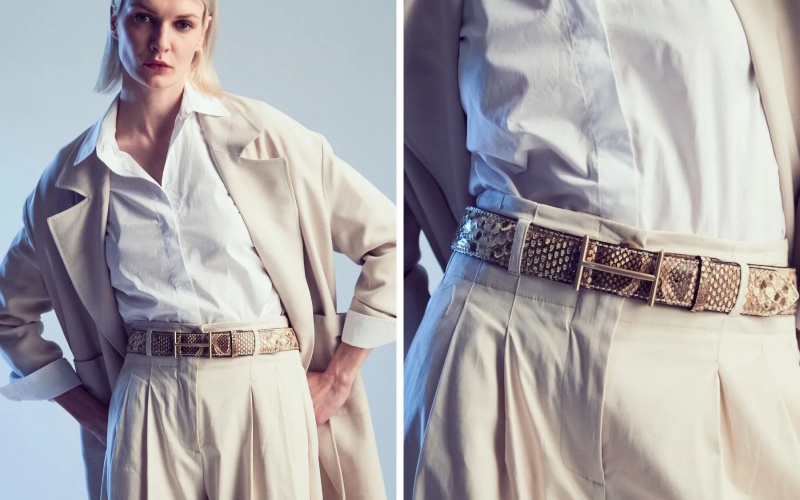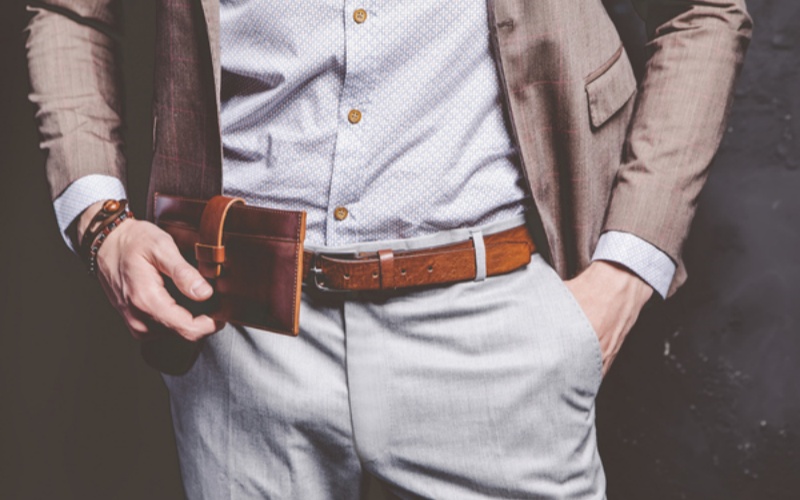Types of Belts
1. Dress Belts: Typically made from leather, dress belts are designed to be worn with formal attire. They usually feature a sleek, polished buckle and are available in classic colors like black and brown.
2. Casual Belts: These belts come in various materials, including canvas and fabric, and are often wider than dress belts. Casual belts are perfect for everyday wear and can add a relaxed vibe to your outfit.
3. Wide Belts: Often used in fashion-forward looks, wide belts can cinch the waist and add definition to dresses or oversized tops. They are available in various styles and materials, making them a versatile choice.
4. Utility Belts: Designed for functionality, utility belts often come with pouches and loops for carrying tools or gadgets. They are popular in work settings and outdoor activities.

Key Features to Consider
1. Material: The material of the belt affects its durability and style. Leather belts are classic and long-lasting, while fabric belts offer flexibility and comfort. Consider the occasion and your personal style when selecting the material.
2. Width: The width of the belt can impact its suitability for different outfits. Dress belts are usually around 1 to 1.5 inches wide, while casual and utility belts can be wider. Ensure the width complements your outfit and fits through your belt loops.
3. Buckle Style: The buckle can significantly influence the overall look of the belt. Classic prong buckles are timeless, while modern styles like slide or snap buckles can add a contemporary touch. Choose a buckle that matches your personal style and the occasion.
4. Color: Neutral colors like black, brown, and tan are versatile and can be paired with various outfits. However, don’t shy away from bold colors or patterns if you want to make a statement.

Caring for Your Belt
1. Cleaning: Regular maintenance is essential for prolonging the life of your belt. Leather belts should be wiped down with a damp cloth and conditioned periodically to keep the material supple. Fabric belts can often be machine washed, but always check the care instructions.
2. Storage: Store your belts in a cool, dry place. Hanging them on a belt rack or rolling them up can help maintain their shape and prevent creasing.
Conclusion
Choosing the perfect belt involves considering factors such as type, material, width, and buckle style. By understanding your needs and preferences, you can select a belt that complements your wardrobe and enhances your overall look. With the right care, your belt can be a stylish and functional accessory for years to come. Embrace the versatility of belts and elevate your outfits with this essential accessory.

